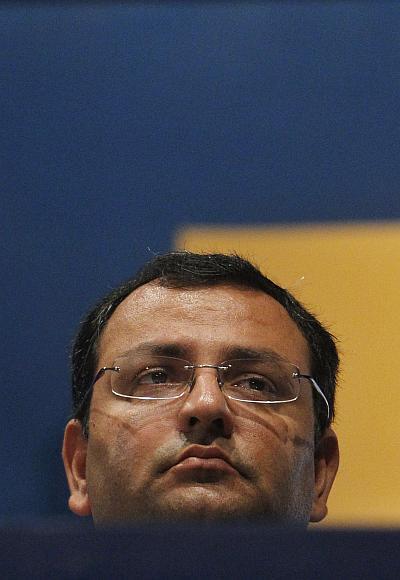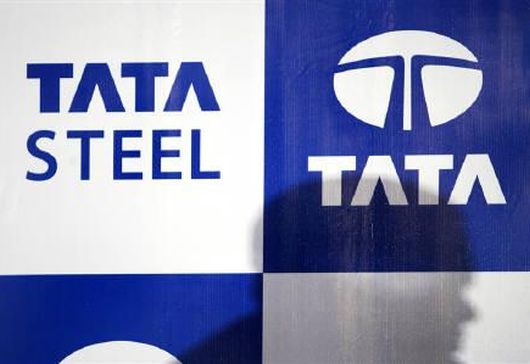
Tata Steel shocked its investors with the biggest ever quarterly loss by a private sector company in India. But once you get over the shock, the loss doesn't bite as the number suggests.
The reported net loss of Rs 6,528 crore (Rs 65.28 billion) is entirely due to a deliberate decision by the company to reduce the value of its European assets as reflected in its books by Rs 8,356 crore (Rs 83.56 billion).
Technically described as an impairment charge, this is a non-cash event and has no real impact on the company's finances or its operational flexibility. Out of this, around Rs 7,000 crore ($1.35 billion) was for European operations.
The impairment charge will be adjusted against the goodwill created on the acquisition of Corus in 2007.
...

On the liability, there will be an equivalent reduction in the company's net worth, which would worsen Tata Steel's leverage ratio but could help it juice up its return on equity.
Excluding impairment, the company would have reported a profit before tax of Rs 3,257 crore (Rs 32.57 billion) for FY13 on a consolidated basis.
Its domestic operation remained healthy with a net profit after tax of Rs 7,837 crore (Rs 78.37 billion) during FY13, down 25 per cent from the previous year.
Operating margins in India, however, improved by 155 basis points on a sequential basis and European operations made operating profits in the fourth quarter against losses in the third quarter.
...

In a sense, the company is taking advantage of the rising profitability of its Indian operations and margins improvements at its European operations to lighten its balance sheet and improve return ratios.
Of the total acquisition price of Corus, goodwill - the excess of purchase price over the historical cost of assets - represented nearly a third of the total cost.
This shows up as asset on the consolidated books of Tata Steel, but is a liability for its shareholders who financed it through a mix of debt and equity.
The continued recession in Europe nullifies any possibility of the company recovering the goodwill amount by way of higher profits.
...

It makes better sense for the company to write off some of the goodwill by taking a hit on its profitability.
It may look bad in the short term, but it allows the company to lighten its balance sheet and save on the taxes that it would have otherwise paid on profits.
The company would still be left with nearly Rs 9,000 crore (Rs 90 billion) worth of goodwill on its books, which it can write off in future if profits in India continue to rise. The company has not ruled out the possibility.
"This is a periodic exercise and cannot be ruled out in future. We do periodic testing for impairment in assets and this time, we found it fit to take a charge," said Koushik Chatterjee, company's chief financial officer, when quizzed about its future course of action.
...

Tata Steel Europe continues to drag as recession in Europe has crippled demand. As per the World Steel Association's estimates released last month, the steel demand in Europe is expected to contract 0.5 per cent in 2013 before it grows by a 3.3 per cent to 144.1 million tonnes in 2014.
In the last three years, the company has been working on bringing down fixed costs and developing differentiated products.
"Our homework is not fully done. We still have to complete the journey," said Karl-Ulrich Kohler, managing director and chief executive officer at Tata Steel Europe. "We are constantly working on cost positioning and differentiated products and not pausing."
It seems Tata Steel is finally coming to grips with the challenges it faces in Europe and its overhang on its balance sheet. This herald a new beginning for the company that has only destroyed shareholder wealth ever since the Corus acquisition.